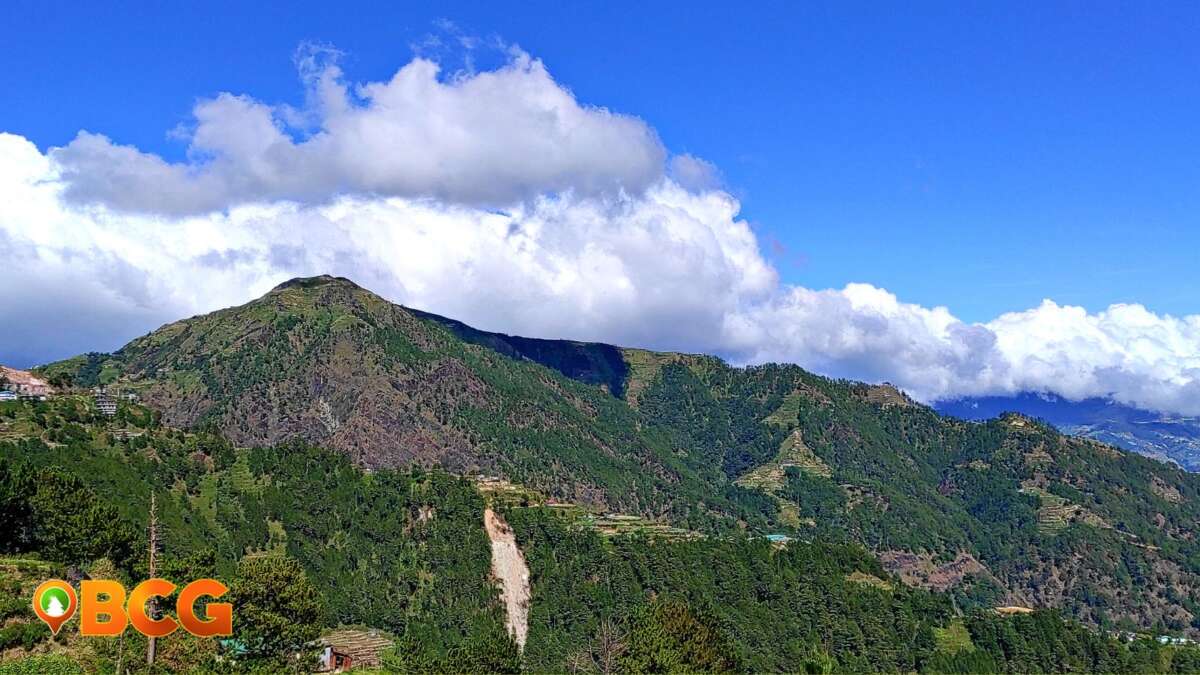Faint Crater Glow Observed at the Summit of Mayon Volcano
In a post today, January 21, 2021 (Thursday), the Philippine Institute of Volcanology and Seismology (PHIVOLCS-DOST) has released photos showing a faint crater glow at the summit of Mayon Volcano.
Faint crater glow at the summit of Mayon Volcano. Mayon has been at Alert Level 1 since July 17, 2020 and recorded 10 low-frequency volcanic earthquakes yesterday, January 20, 2021.-PHIVOLCS on Facebook
Mayon Volcano Faint Crater Glow
Here are the photos posted by PHIVOLCS:
This photo was taken on January 6, 2021.

Photo Source: PHIVOLCS
While this photo was captured on January 18, 2021.

Photo Source: PHIVOLCS
And this photo of the faint crater glow of Mayon was taken yesterday, January 20, 2021.

Photo Source: PHIVOLCS
Furthermore, the volcano has been at Alert Level 1 since July 17, 2020.
Mayon Bulletin | Jan. 21 (8 am)
According to the 8:00 AM bulletin of Mayon Volcano today, ten (10) volcanic earthquakes were recorded during the 24-hour observation period.
And, moderate emission of white steam-laden plumes that crept downslope before drifting to the general north was observed.
Furthermore, a faint crater glow from the summit could be observed at night.
Alert Level 1
The volcano is on Alert Level 1 or abnormal condition, and the agency is reminding everyone with the following:
- Presently no magmatic eruption is imminent, it is strongly advised that the public refrain from entering the 6-kilometer radius Permanent Danger Zone (PDZ) due to the perennial life-threatening dangers of:
- rockfalls
- landslides/avalanches at the middle to upper slope
- sudden ash puffs
- steam-driven or phreatic eruptions from the summit.
- Active stream/river channels and those identified as perennially lahar-prone areas on all sectors of the volcano should also be avoided especially during extreme weather conditions when there is heavy and prolonged rainfall.
Source: PHIVOLCS Facebook, PHIVOLCS Website














